Table of Contents
Come join us now, and enjoy playing your beloved music and browse through great scores of every level and styles!
Can’t find the songbook you’re looking for? Please, email us at: sheetmusiclibrarypdf@gmail.com We’d like to help you!

Best Sheet Music download from our Library.
Happy birthday, Dave Grusin, born on this day in 1934.

Please, subscribe to our Library.
If you are already a subscriber, please, check our NEW SCORES’ page every month for new sheet music. THANK YOU!

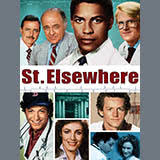
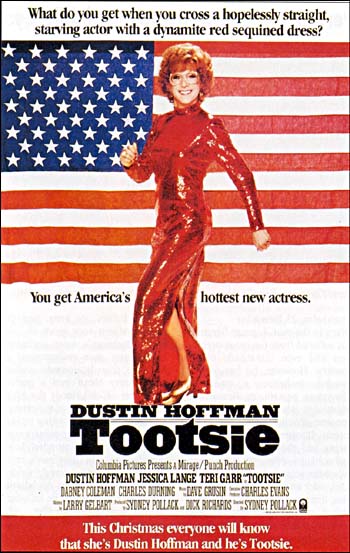



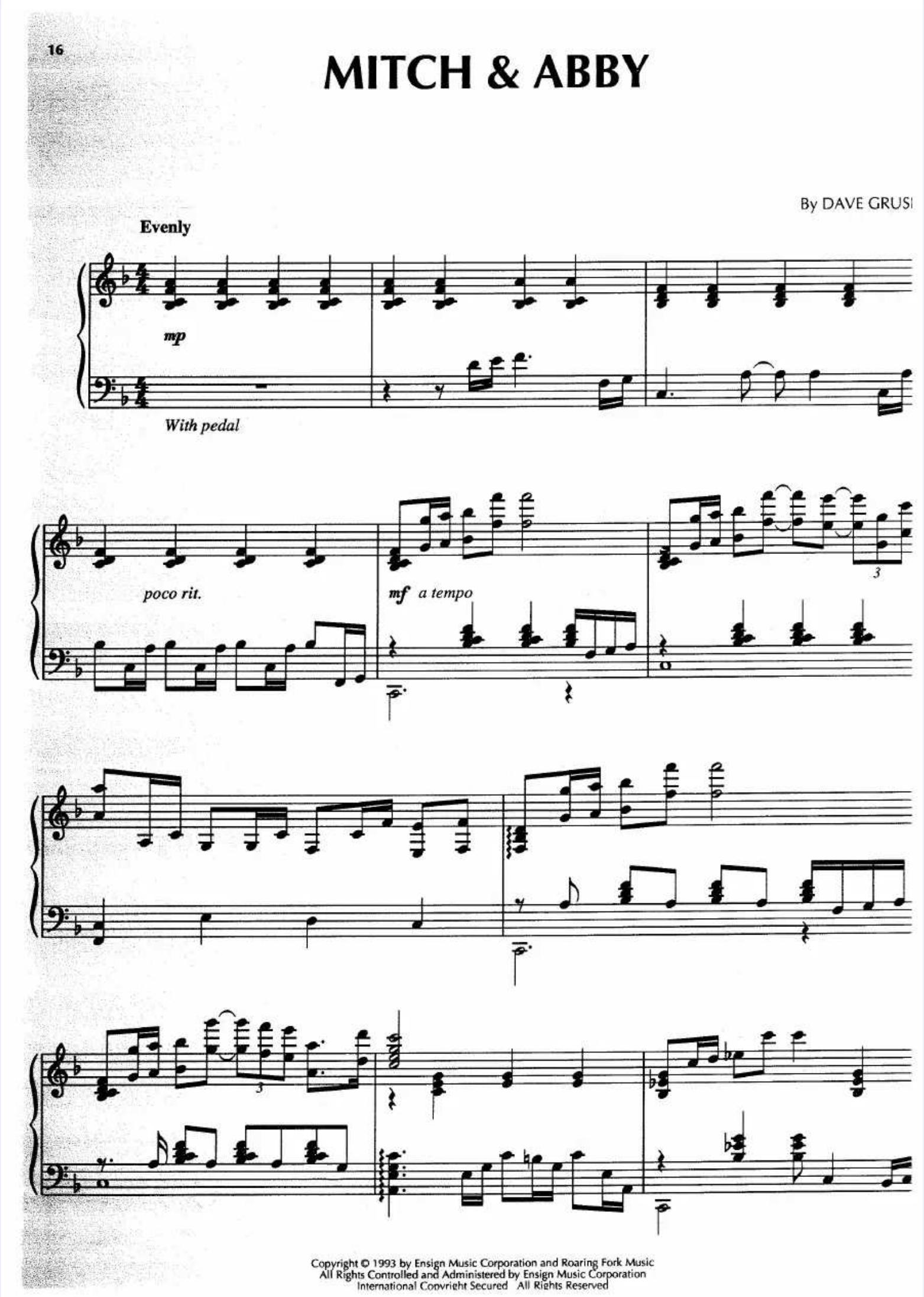
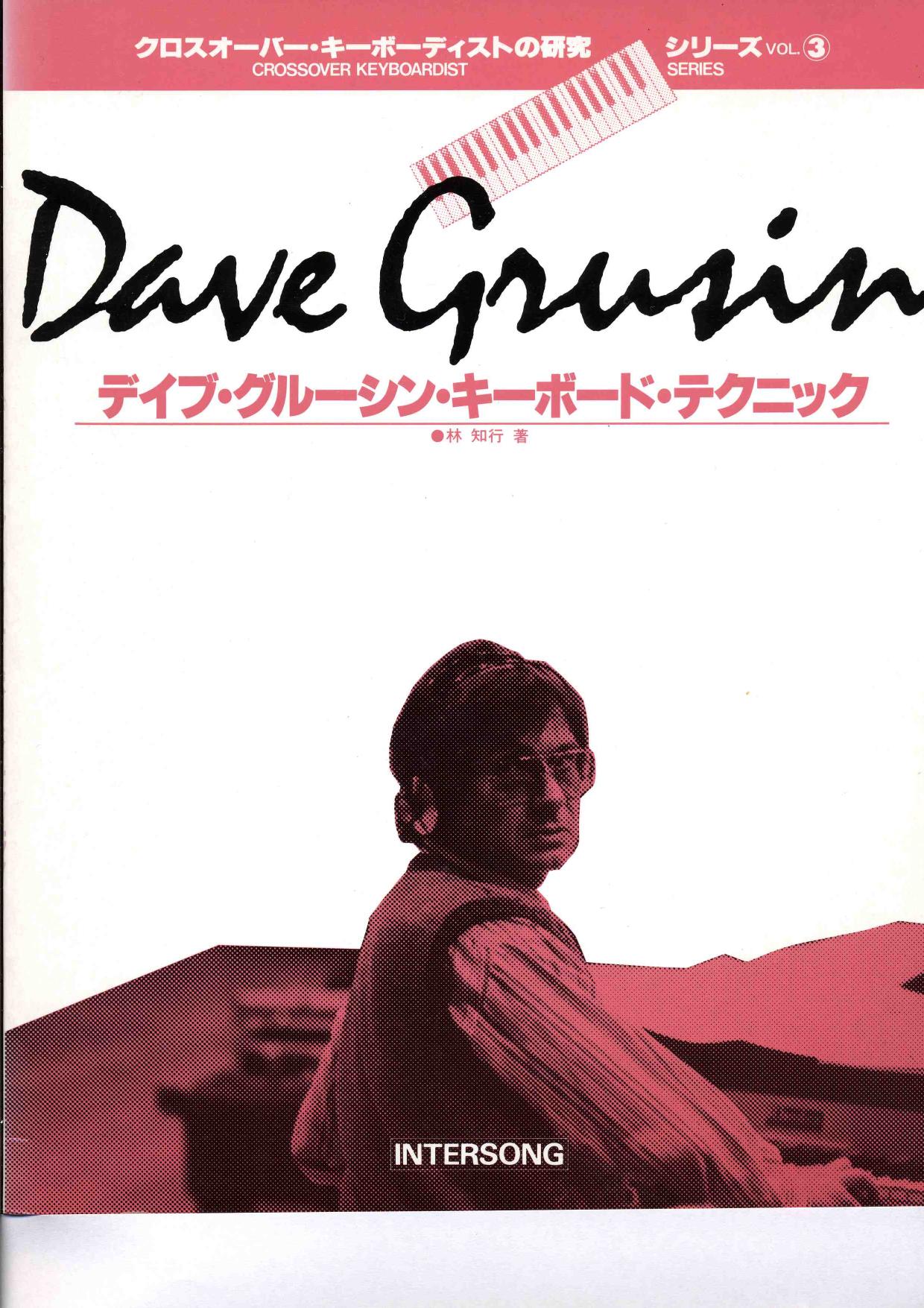
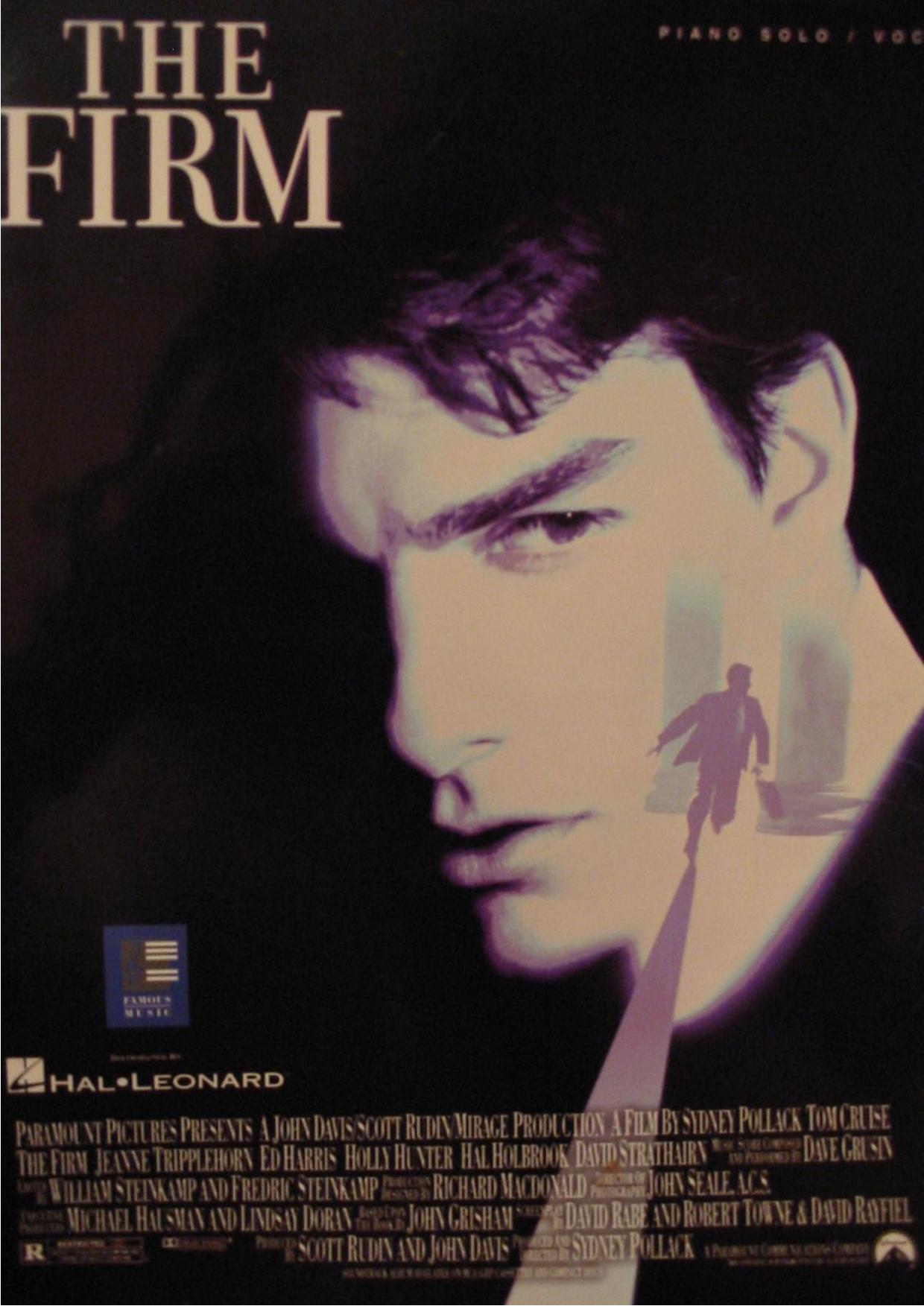

Dave Grusin: The Architect of Contemporary Jazz and Cinematic Soundscapes
Browse in the Library:
Or browse in the categories menus & download the Library Catalog PDF:
Dave Grusin stands as a towering figure in modern American music, a unique polymath whose career seamlessly bridges the worlds of jazz improvisation, sophisticated composition, and groundbreaking film scoring. He is not just a pianist or a composer; he is a sonic architect who crafted a distinctive, harmonically rich, and accessible sound that defined an era – the “Grusin Sound.” His influence permeates contemporary jazz, film music, and the very business of recorded music through his co-founding of GRP Records. This exploration delves deep into his life, artistry, techniques, and enduring legacy.
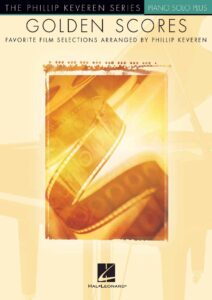
I. Biography: From Littleton to the Pinnacle
- Roots and Early Training (1934-1950s): Born David Grusin on June 26, 1934, in Littleton, Colorado, music was ingrained early. His father, an immigrant violinist, provided a classical foundation. Grusin studied piano seriously, displaying prodigious talent. He attended the University of Colorado (Boulder), initially focusing on music but eventually graduating with a degree in music and economics in 1956. This dual interest foreshadowed his later business acumen.
- Juilliard and the Jazz Crucible (Late 1950s): Grusin pursued advanced studies at the prestigious Juilliard School in New York City. While grounded in classical piano, the vibrant NYC jazz scene proved irresistible. He immersed himself in bebop and post-bop, playing gigs and honing his improvisational skills. This period solidified his musical duality: rigorous classical technique fused with the spontaneity and harmonic language of jazz.
- The Andy Williams Years and Arrival in LA (1960s): A pivotal break came when he became the musical director for singer Andy Williams’ television show (1963-1966). This high-profile role showcased his arranging skills and brought him to Los Angeles, the epicenter of the entertainment industry. It was here that film scoring opportunities began to emerge. He also worked as an arranger/pianist for legends like Peggy Lee, Quincy Jones, and Sarah Vaughan during this time, further refining his craft.
- Film Scoring Ascendancy (1970s-1990s): Grusin’s film career exploded in the 1970s. His scores for films like The Graduate (though overshadowed initially by Simon & Garfunkel songs, his underscore was crucial), Three Days of the Condor (1975), The Goodbye Girl (1977, Oscar nomination), Heaven Can Wait (1978, Oscar nomination), Absence of Malice (1981), Tootsie (1982, Oscar nomination), The Fabulous Baker Boys (1989, Oscar nomination), and The Firm (1993, Oscar nomination) established him as a master of blending jazz sensibilities with orchestral grandeur, creating sophisticated, character-driven music that avoided cliché.
- GRP Records: A Sonic Revolution (1982-1995): Frustrated with the limitations of major labels in presenting high-quality contemporary jazz, Grusin, along with producer Larry Rosen, founded GRP (Grusin Rosen Productions) Records in 1982. GRP wasn’t just a label; it was a statement. It championed audiophile-quality digital recording (often being an early adopter of new technologies like CD and 20-bit mastering), crystal-clear production values, and a roster featuring the cream of contemporary jazz: Lee Ritenour, Chick Corea, Tom Scott, Eddie Daniels, David Benoit, Arturo Sandoval, Patti Austin, and Grusin himself. The “GRP sound” became synonymous with pristine, melodic, harmonically rich instrumental music. The label was sold to Universal Music Group in 1995.
- Continued Creativity and Recognition (2000s-Present): While scaling back on major film scores post-2000, Grusin remained incredibly active. He focused more on jazz recordings, touring with his quartet and orchestra, composing concert works (like his “Piano Concerto” and “An American in Tanglewood”), and arranging for symphonic pops programs. He received numerous accolades, including 8 Academy Award nominations (winning for The Milagro Beanfield War in 1989), 12 Grammy nominations (winning 4), and a Trustees Award from the National Academy of Recording Arts and Sciences (2011). In 2011, he published his memoir, “Dave Grusin: Not Enough Time.”
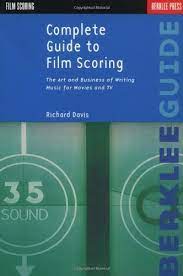
II. Music Style: The Quintessential Blend
Dave Grusin’s musical style is a masterful synthesis:
- Jazz Foundation: At its core is a deep understanding of jazz harmony, rhythm (especially swing and bossa nova), and improvisation. He draws heavily from bebop vocabulary but filters it through a more lyrical, accessible lens akin to Bill Evans or Oscar Peterson.
- Classical Nuance: His classical training is evident in his compositional structures, orchestration skills, contrapuntal thinking, and the sheer clarity and precision of his piano touch and phrasing.
- Brazilian Rhythms: A profound love for Brazilian music, particularly bossa nova (Antônio Carlos Jobim was a major influence), permeates his work. He masterfully incorporates samba and bossa rhythms, often using authentic percussion instruments.
- Pop Sensibility: Grusin possesses an innate gift for melody. His themes are often memorable, singable, and emotionally resonant, giving his music broad appeal without sacrificing sophistication.
- Orchestral Integration: His film scores and larger ensemble works showcase his genius for blending small jazz groups (piano, bass, drums, sax, guitar) with full symphony orchestra. He avoids simple doubling, instead creating rich, interwoven textures where the jazz combo interacts dialogically with the strings, woodwinds, and brass.
- The “Grusin Sound”: Characterized by:
- Lush Harmonies: Extensive use of extended chords (7ths, 9ths, 11ths, 13ths), altered tensions, and sophisticated voicings, often in the middle register.
- Crystalline Production: A commitment to sonic clarity and warmth, emphasizing the natural timbres of instruments, especially piano and acoustic bass.
- Lyrical Melodies: Memorable, often wistful or optimistic themes.
- Rhythmic Sophistication: A seamless blend of straight-eighth jazz feel, Brazilian grooves, and subtle funk undertones, always propulsive yet relaxed.
- Emotional Accessibility: Music that conveys complex emotions – romance, intrigue, melancholy, joy – with directness and elegance.
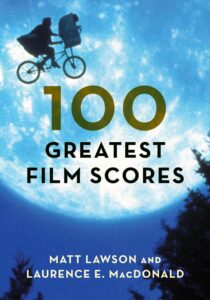
III. Improvisational Licks and Language
Grusin’s piano improvisation reflects his overall style: intelligent, melodic, harmonically rich, and impeccably crafted. While not an overtly flashy virtuoso like some bebop pioneers, his solos are deeply satisfying and compositionally coherent.
- Melodic Contour: He favors long, flowing lines that develop logically. His phrases often have a singing quality.
- Chromaticism: Grusin skillfully employs chromatic passing tones and approach notes to add color and tension/resolution within diatonic frameworks. He might approach a target note from a half-step above or below, or weave chromatic lines through changes.
- Blues Inflections: Subtle bends, slides, and blue notes (especially the flatted 3rd and 7th) add warmth and earthiness to his otherwise polished sound, particularly evident in bluesier contexts like “Memphis Stomp.”
- Motivic Development: He often builds solos around small melodic or rhythmic motifs, developing and varying them throughout the improvisation, showing his compositional mindset.
- Rhythmic Displacement: Shifting phrases slightly off the main beat or using syncopation to create rhythmic interest and forward momentum.
- Voice Leading: Even in fast runs, there’s a strong sense of voice leading – each note has a purpose within the chord progression. His lines outline the underlying harmony with clarity.
- Lyrical Double-Time: He might shift into fluid double-time passages that retain melodic content rather than just being technical displays, often using scalar patterns or arpeggios derived from the chord changes.
- Bossa/Samba Vocabulary: In Brazilian-influenced pieces, his phrasing incorporates the characteristic rhythmic feel and light touch of bossa nova piano, with subtle comping patterns and melodic lines that dance over the groove.
IV. Chord Progressions and Music Harmony: The Grusin Palette
Grusin’s harmonic language is a defining element of his sound, characterized by sophistication and accessibility:
- Extended and Altered Chords: Standard fare. Maj7, min7, dom7 chords are just the starting point. He frequently uses:
- Major 9ths, Minor 9ths, Dominant 9ths & 13ths: For lushness and color (e.g., Cmaj9, Dmin9, G13).
- Altered Dominants: Dom7#5, Dom7b9, Dom7#9, Dom7b5, Dom7#5#9 – creating tension and modern colors before resolution (e.g., G7#5 resolving to Cmaj7).
- Suspended Chords (sus4): Used for ambiguity and gentle tension, often resolving to the major triad (e.g., Csus4 -> C).
- Minor 11ths and Major 7#11 (Lydian): Creating evocative, open sounds (e.g., Dmin11, Cmaj7#11).
- Modal Interchange (Borrowed Chords): Freely borrowing chords from parallel modes (major/minor). A classic Grusin move is using a IV minor chord (borrowed from the parallel minor) in a major key progression (e.g., in C major: C – F – Fmin – C, or C – Amin7 – Dmin7 – G7 – C, where Dmin7 is borrowed from C minor). This creates a poignant, bittersweet quality.
- Chromatic Mediants: Moving between chords whose roots are a major or minor 3rd apart (not diatonic to the key), creating dramatic shifts in color (e.g., C major to E major, or C major to Ab major).
- Line Clichés: Using stepwise descending or ascending bass lines under static or slowly changing harmonies (e.g., Cmaj7 – Cmaj7/B – Amin7 – Amin7/G – Fmaj7, common in film cues for introspection).
- Reharmonization: Taking standard progressions (like ii-V-I) and substituting richer or more unexpected chords. Instead of Dmin7 – G7 – Cmaj7, he might play Dmin9 – Db9#11 – Cmaj9, or use a tritone substitution (Ab7 for G7: Dmin7 – Ab7 – Cmaj7).
- Pedal Points: Sustained notes (often in the bass) over which changing harmonies create tension and release.
- Planing: Moving a chord shape (often a cluster or quartal voicing) up or down chromatically or diatonically.
- Bossa/Samba Harmony: Extensive use of diatonic major 7th and minor 7th chords within bossa’s characteristic ii-V-I and I-vi-ii-V progressions, often with added 9ths and sophisticated voicings. He masterfully captures the subtle harmonic shifts of Jobim.
V. Influences: The Tapestry of Inspiration
Grusin absorbed a vast array of influences:
- Jazz Pianists: Bill Evans (lyricism, harmonic sophistication, touch), Oscar Peterson (technique, swing, blues feeling), Wynton Kelly (groove, blues), Horace Silver (compositional approach, funky blues), Ahmad Jamal (space, dynamics, orchestral trio concept).
- Composers: Maurice Ravel, Claude Debussy (orchestration, impressionistic harmony, color), Duke Ellington (orchestral jazz, tonal colors, composition), Gil Evans (orchestral jazz fusion, textures), Antônio Carlos Jobim (bossa nova harmony, melody, rhythm).
- Film Composers: Henry Mancini (melodic accessibility, blending jazz/pop/orchestra), Elmer Bernstein (dramatic scope, thematic development), John Williams (orchestral mastery).
- Brazilian Music: Beyond Jobim, the overall rhythmic and melodic language of samba and bossa nova.
- Broadway/Pop: His work with singers and in television honed his sense of memorable melody and song structure.
VI. Legacy: An Indelible Mark
Dave Grusin’s legacy is multifaceted and profound:
- Redefining Film Music: He pioneered the sophisticated integration of contemporary jazz into mainstream Hollywood film scores, moving beyond jazz solely for crime or urban settings. He proved jazz-based music could convey romance (The Goodbye Girl), comedy (Tootsie), intrigue (Three Days of the Condor), and rural mysticism (The Milagro Beanfield War) with equal effectiveness, influencing generations of film composers (Thomas Newman, Mark Isham, James Newton Howard).
- The GRP Revolution: GRP Records fundamentally changed the landscape of recorded jazz. It set new standards for sonic quality in the digital age, championed a vibrant contemporary jazz scene, provided a vital platform for artists, and proved there was a substantial market for well-produced instrumental music. The “GRP sound” remains a benchmark.
- Elevating Contemporary Jazz: Through his recordings and GRP, Grusin brought a highly polished, melodic, and harmonically rich brand of jazz to a wide audience, helping define the “smooth jazz” genre (though his own work often possessed greater depth and complexity than the genre label sometimes implies).
- The Art of Synthesis: He stands as a prime example of a musician who successfully and authentically blended diverse musical worlds – jazz, classical, Brazilian, pop – into a cohesive and personal style.
- Pianistic Voice: His lyrical, harmonically inventive, and rhythmically adept piano playing continues to inspire pianists across jazz and film scoring.
VII. Major Works and Filmography (Selective)
- Film Scores (Oscar Wins/Noms):
- The Graduate (1967) – Underscore
- Three Days of the Condor (1975)
- The Goodbye Girl (1977) – Nom
- Heaven Can Wait (1978) – Nom
- …And Justice for All (1979) – Nom (Title song)
- Absence of Malice (1981) – Nom (Song “It Goes Like It Goes”)
- Tootsie (1982) – Nom
- The Milagro Beanfield War (1988) – WIN
- The Fabulous Baker Boys (1989) – Nom
- Havana (1990) – Nom
- For the Boys (1991) – Nom (Song “Places That Belong to You”)
- The Firm (1993) – Nom
- Selena (1997) – Nom (Song “Dreaming of You” – Co-writer)
- Random Hearts (1999)
- Jazz Recordings (As Leader/Solo):
- Subways Are For Sleeping (1960 – Debut)
- Kaleidoscope (1964)
- Discovered Again! (1976) – Landmark solo jazz piano album.
- One of a Kind (1977)
- Mountain Dance (1979) – Title track became a signature piece.
- Out of the Shadows (1982)
- Night-Lines (1983)
- Harlequin (with Lee Ritenour) (1985)
- Cinema (1987 – Film themes reimagined)
- Migration (1989)
- Homage to Duke (1993)
- The Gershwin Connection (1991) – Grammy Winner
- Two for the Road (with Hank Jones) (1996)
- Now Playing (2004 – Film themes Vol. 2)
- Amparo (2008 – with Lee Ritenour)
- An Evening with Dave Grusin (Live, 2017)
- Television: Baretta (Theme), St. Elsewhere (Theme), Good Times (Theme co-writer), Maude (Theme), numerous TV movies and specials.
VIII. Discography (Representative Highlights – As Leader/Collaborator)
- Subways Are For Sleeping (1960)
- Piano, Strings, and Moonlight (1963)
- Kaleidoscope (1964)
- Dave Grusin and the N.Y./L.A. Dream Band (1974)
- The Yakuza (Original Score) (1975)
- Three Days of the Condor (Original Score) (1975)
- Discovered Again! (1976)
- One of a Kind (1977)
- The Goodbye Girl (Original Score) (1977)
- Heaven Can Wait (Original Score) (1978)
- Mountain Dance (1979)
- …And Justice for All (Original Score) (1979)
- Out of the Shadows (1982)
- Night-Lines (1983)
- Harlequin (with Lee Ritenour) (1985)
- Cinemagic (1987)
- Sticks and Stones (1988)
- The Fabulous Baker Boys (Original Score) (1989)
- Migration (1989)
- The Bonfire of the Vanities (Original Score) (1990)
- The Gershwin Connection (1991) – Grammy Winner (Best Large Jazz Ensemble)
- Homage to Duke (1993)
- The Firm (Original Score) (1993)
- Two for the Road (with Hank Jones) (1996)
- West Side Story (Arranger/Conductor for Symphonic Pops) (1997)
- Dave Grusin Presents West Side Story (1997)
- Two Worlds (with Lee Ritenour) (2000)
- Now Playing (2004)
- Amparo (with Lee Ritenour) (2008)
- An Evening with Dave Grusin (Live) (2017)
- GRP Records Compilations: GRP All-Star Big Band, GRP Christmas Collection, numerous artist compilations showcasing the label’s sound.
IX. Most Known Compositions and Performances
- “Mountain Dance”: His signature instrumental composition. A joyous, uplifting piece with driving rhythms, soaring melodies, and brilliant solos. Defined the “Grusin Sound” for many.
- “Memphis Stops” (or “Memphis Stomp”): A bluesy, funky tour-de-force showcasing his deep blues roots and incredible groove.
- Film Themes: The hauntingly beautiful main theme from On Golden Pond, the suspenseful and atmospheric theme from Three Days of the Condor, the romantic theme from The Goodbye Girl, the sultry “Central Park” theme from Tootsie, the driving main title from The Firm.
- “It Might Be You” (Theme from Tootsie): Sung by Stephen Bishop, became a major pop hit.
- “The Friends of Mr. Cairo” (with Jon & Vangelis): Played keyboards and arranged strings on this iconic progressive pop track.
- “An Actor’s Life” (from The Fabulous Baker Boys): A quintessential smoky jazz club piano piece.
- GRP All-Star Big Band Recordings/Performances: Leading this ensemble showcased his arranging brilliance and brought his compositions to life with incredible power and precision. Performances of “Mountain Dance,” “Rag Bag,” and big band arrangements of his film themes were legendary.
- Solo Piano Improvisations: His solo performances, particularly on albums like Discovered Again!, are masterclasses in lyrical improvisation and harmonic sophistication.
Dave Grusin: The Enduring Architect
Dave Grusin’s career is a testament to musical excellence, versatility, and vision. He is a pianist of rare taste and harmonic invention, a composer who brought the sophistication of jazz to the cinematic mainstream without compromise, a producer who revolutionized sound quality in his genre, and a businessman who built a vital platform for artists.
His “sound” – that blend of jazz harmony, Brazilian rhythm, classical clarity, and pop melodicism – is instantly recognizable and deeply influential. From the introspective solo piano to the grandeur of a film score or the explosive energy of the GRP Big Band, Grusin’s music consistently communicates intelligence, emotion, and an unwavering commitment to beauty and craftsmanship. He didn’t just play music; he built sonic worlds, leaving an indelible mark on the landscape of 20th and 21st-century music. Dave Grusin is, truly, an architect of sound.

Discography
As leader
| Subways Are for Sleeping (Epic, 1962) Piano, Strings, and Moonlight (Epic, 1962) Kaleidoscope (Columbia, 1964) Divorce American Style (United Artists, 1967) – soundtrack The Graduate (Columbia, 1968) – soundtrack recorded in 1967 The Heart is a Lonely Hunter (Film Score Monthly, 1968) – soundtrack The Ghost & Mrs. Muir (1968 – 1970) – TV series The Name of the Game (1968 – 1971) – TV series theme[35] Candy (Epic, 1969) – soundtrack Three Days of the Condor (DRG/EMI, 1975) – soundtrack Discovered Again! (Sheffield Lab, 1976) Don’t Touch (Versatile, 1977) One of a Kind (GRP, 1977) Heaven Can Wait (Kritzerland, 1978) – soundtrack The Champ (Varèse Sarabande, 1979) – soundtrack Mountain Dance (GRP, 1979) – AUS #100 The Electric Horseman (Varèse Sarabande, 1979) – soundtrack Dave Grusin Presents GRP All-Stars Live in Japan (JVC, 1980) On Golden Pond (Varèse Sarabande, 1981) – soundtrack Out of the Shadows (Arista-GRP, 1982) Tootsie (Film Score Monthly, 1982) – soundtrack Night-Lines (GRP, 1983) Dave Grusin and the NY-LA Dream Band (GRP, 1984) Racing with the Moon (Kritzerland, 1984) – soundtrack The Pope of Greenwich Village (Quartet Records, 1984) – soundtrack Harlequin (with Lee Ritenour) (GRP, 1985) The Goonies (Varèse Sarabande, 1985) – soundtrack Lucas (Varèse Sarabande, 1986) Cinemagic (GRP, 1987) GRP Live in Session (GRP, 1988) |
- Sticks and Stones (with Don Grusin) (GRP, 1988)
- Migration (GRP, 1989)
- The Fabulous Baker Boys (GRP, 1989) – soundtrack
- A Dry White Season (Kritzerland, 1989) – soundtrack
- The Bonfire of the Vanities (Atlantic, 1990) – soundtrack
- Havana (GRP, 1990) – soundtrack
- The Gershwin Connection (GRP, 1991)
- GRP Super Live in Concert (GRP, 1992)
- Homage to Duke (GRP <GRD-9715>, 1993)
- The Firm (MCA-GRP <MGD-2007>, 1993) – soundtrack
- Dave Grusin Presents GRP All-Star Big Band Live! (GRP 97402, 1993)
- The Orchestral Album (GRP, 1994)
- The Cure (GRP, 1995) – soundtrack
- Two for the Road (GRP, 1996)
- Mulholland Falls (Cinerama, 1996) – soundtrack
- Selena (Angel, 1997) – soundtrack
- West Side Story (N-Coded, 1997)
- Hope Floats (RCA Victor, 1998) – soundtrack
- Random Hearts (Sony, 1999)
- Two Worlds (with Lee Ritenour) (Decca, 2000)
- Dinner with Friends (Jellybean, 2001) – soundtrack
- Portrait of Bill Evans (JVC, 2002) [2 tracks]
- Now Playing (GRP, 2004)
- Amparo (with Lee Ritenour) (Decca, 2008)
- The Girl from U.N.C.L.E. (Varèse Sarabande, 2008) – soundtrack
- An Evening with Dave Grusin (Heads Up, 2010)
- One Night Only! (C.A.R.E./Intergroove, 2011)
- Brasil (Candid, 2024)
Dave Grusin Filmography (on Wikipedia)
DAVE GRUSIN – DISCOVERED AGAIN (Full Album)
Browse in the Library:
Or browse in the categories menus & download the Library Catalog PDF:
